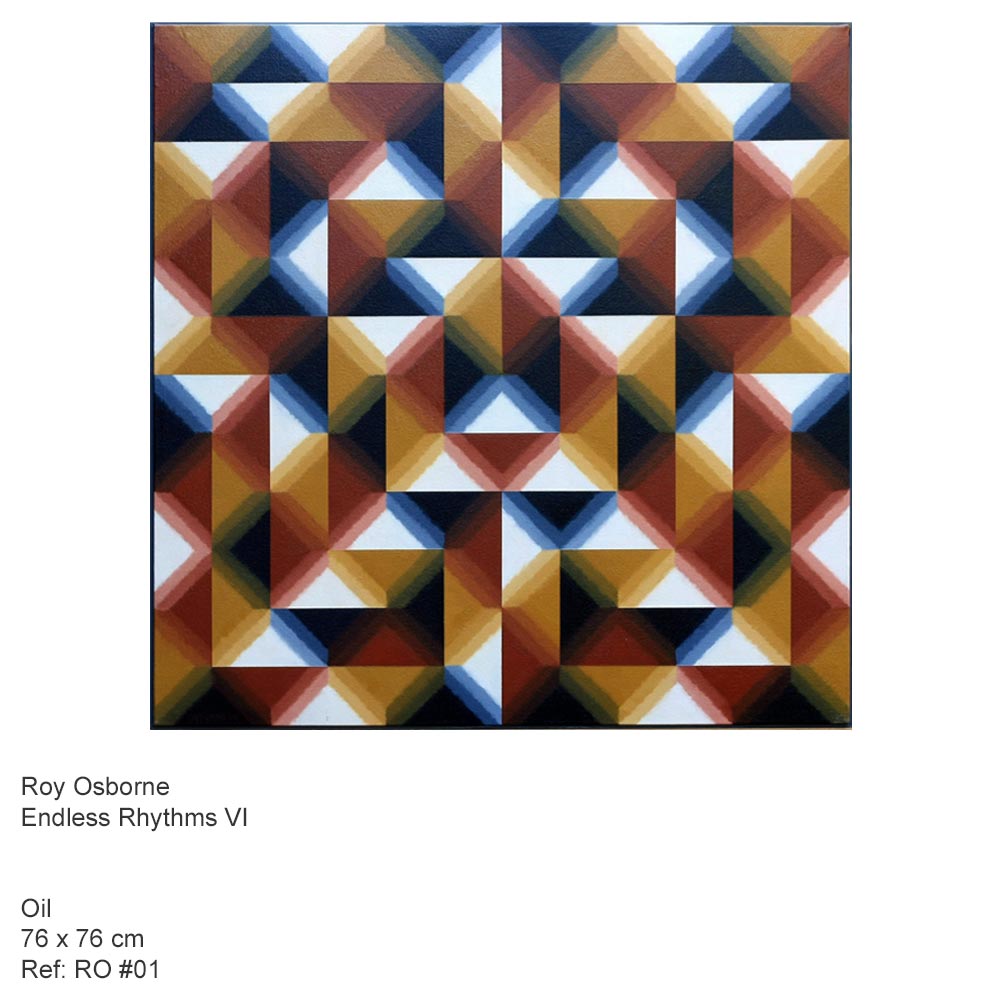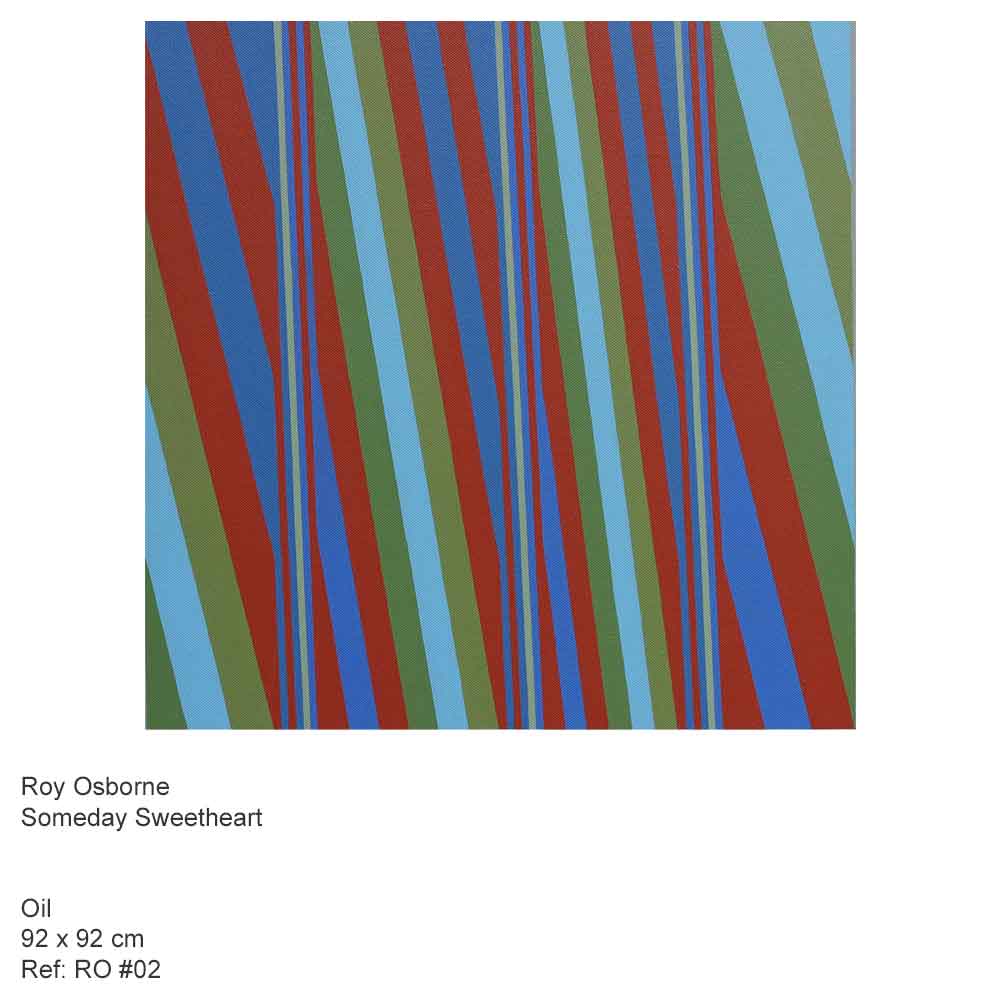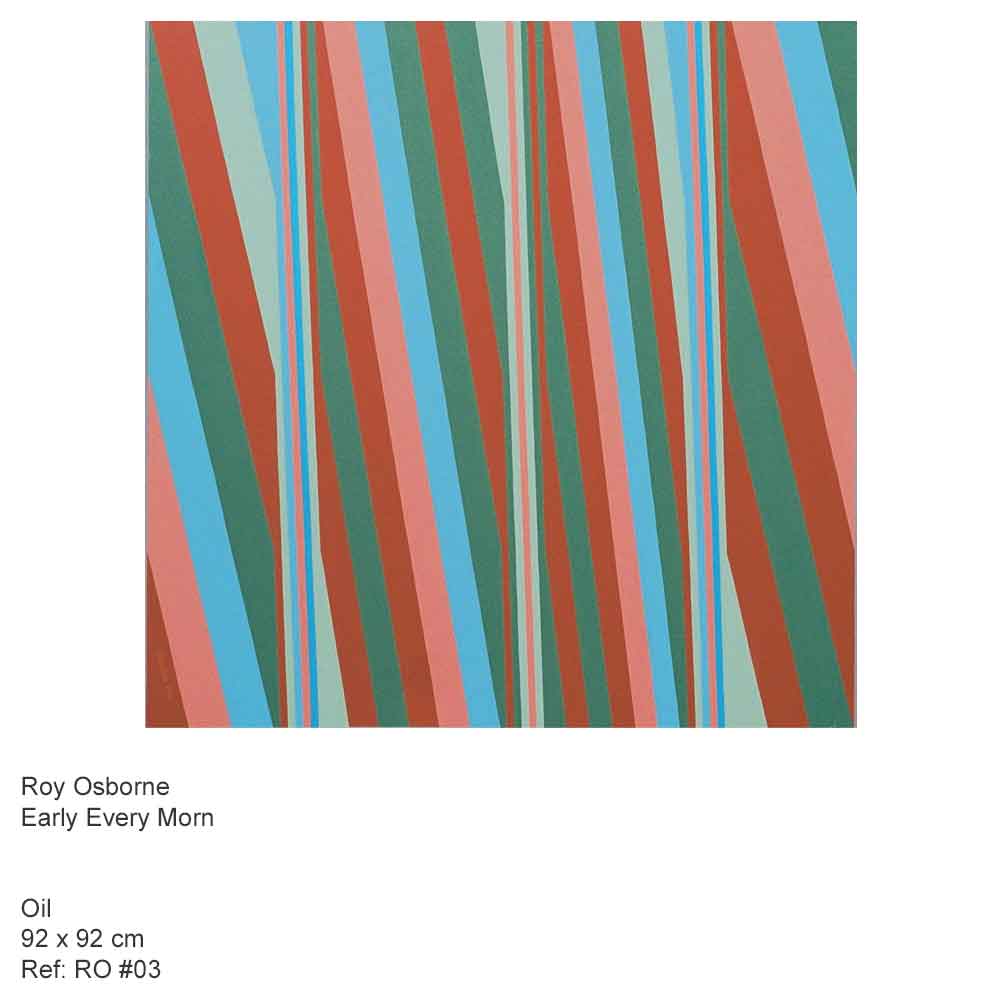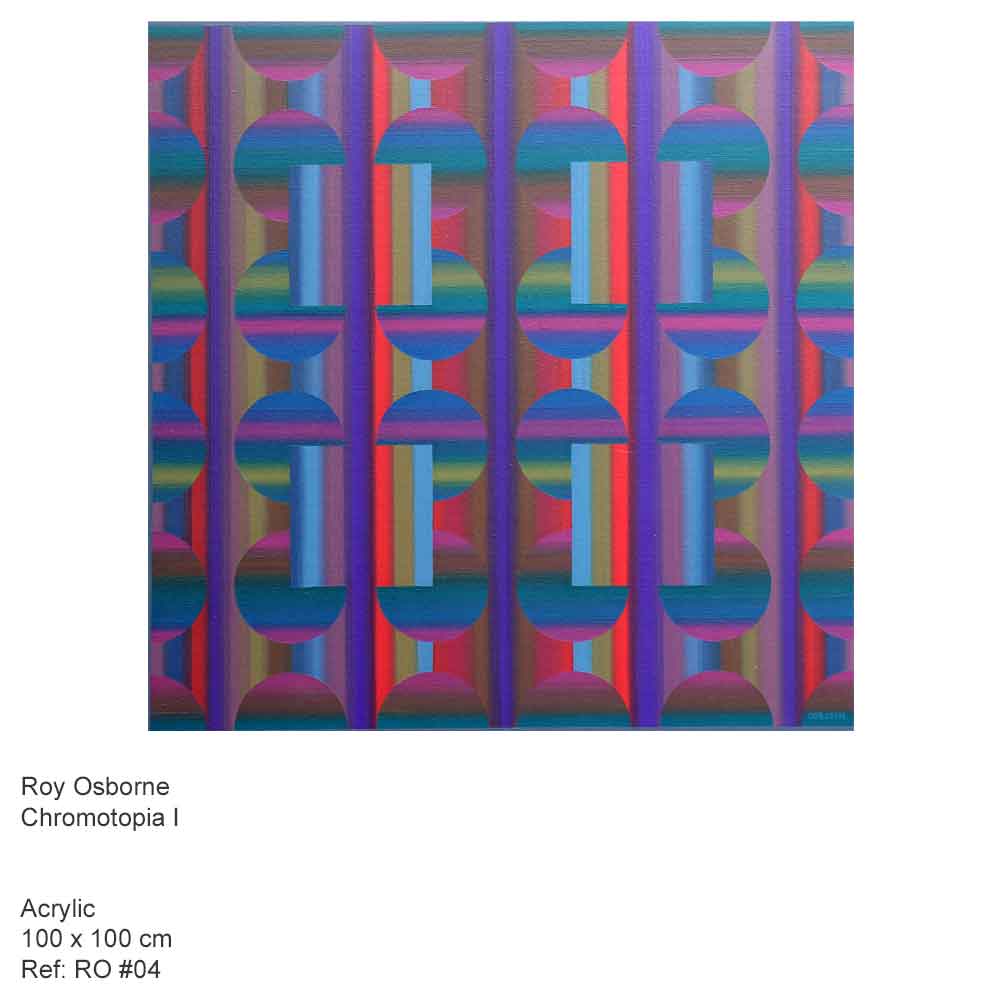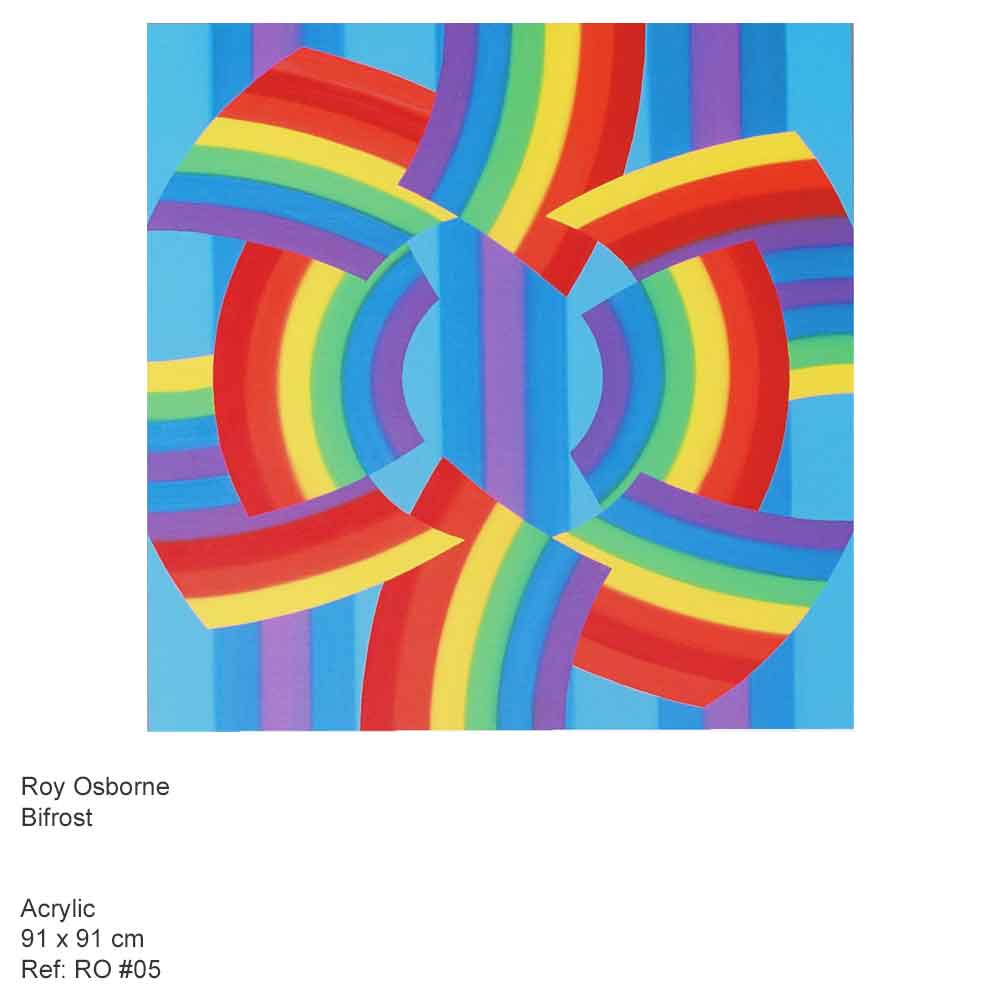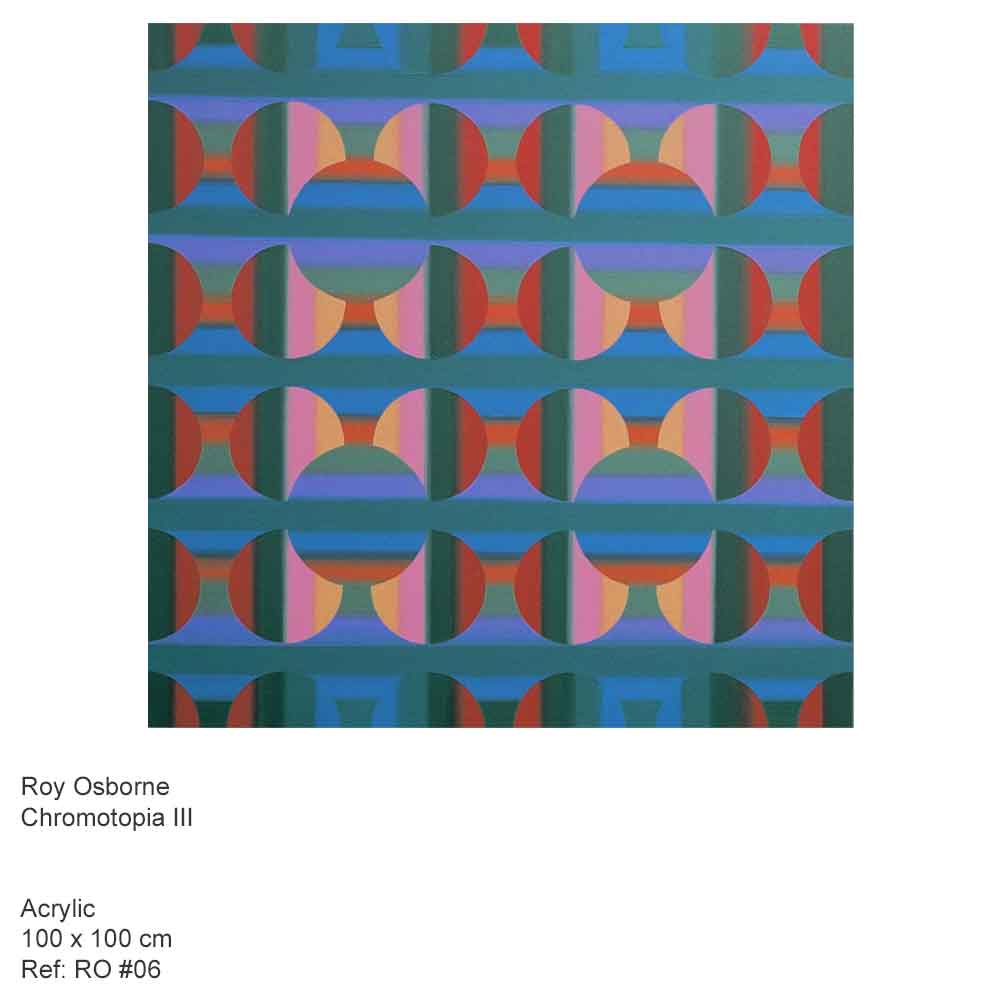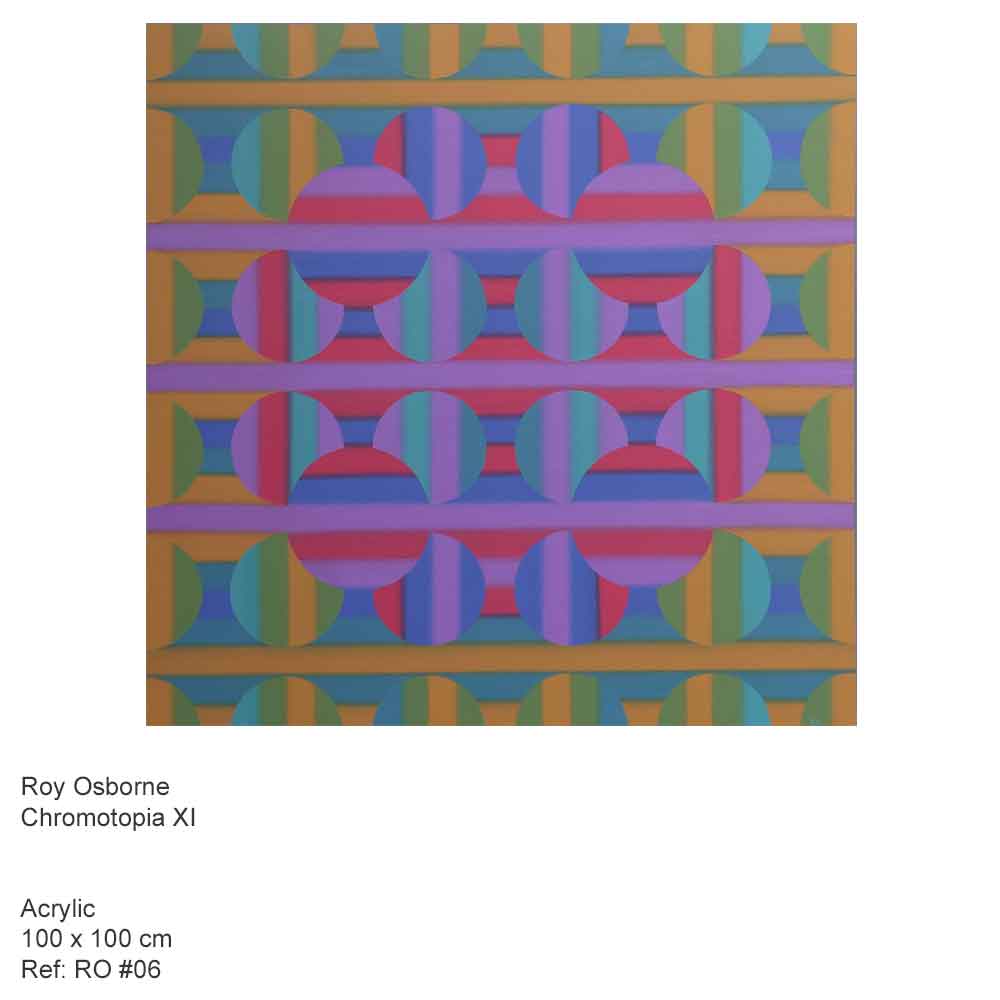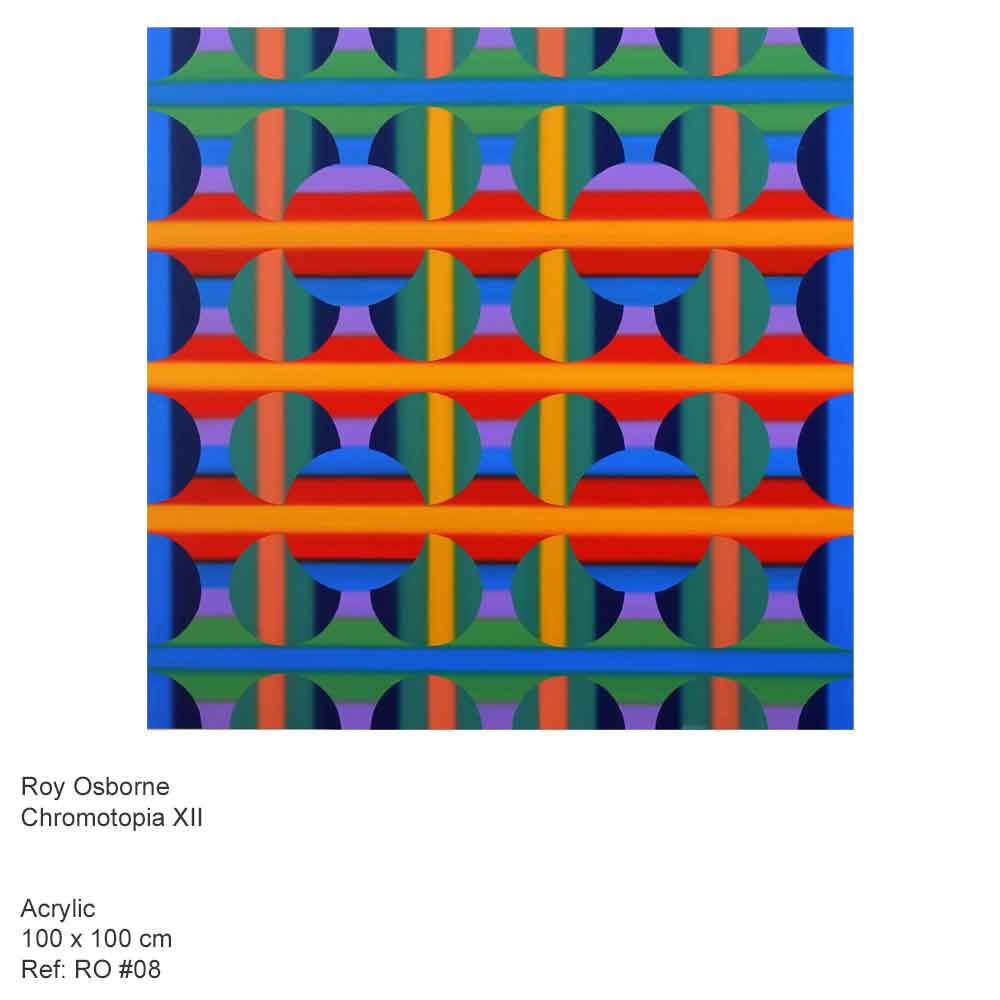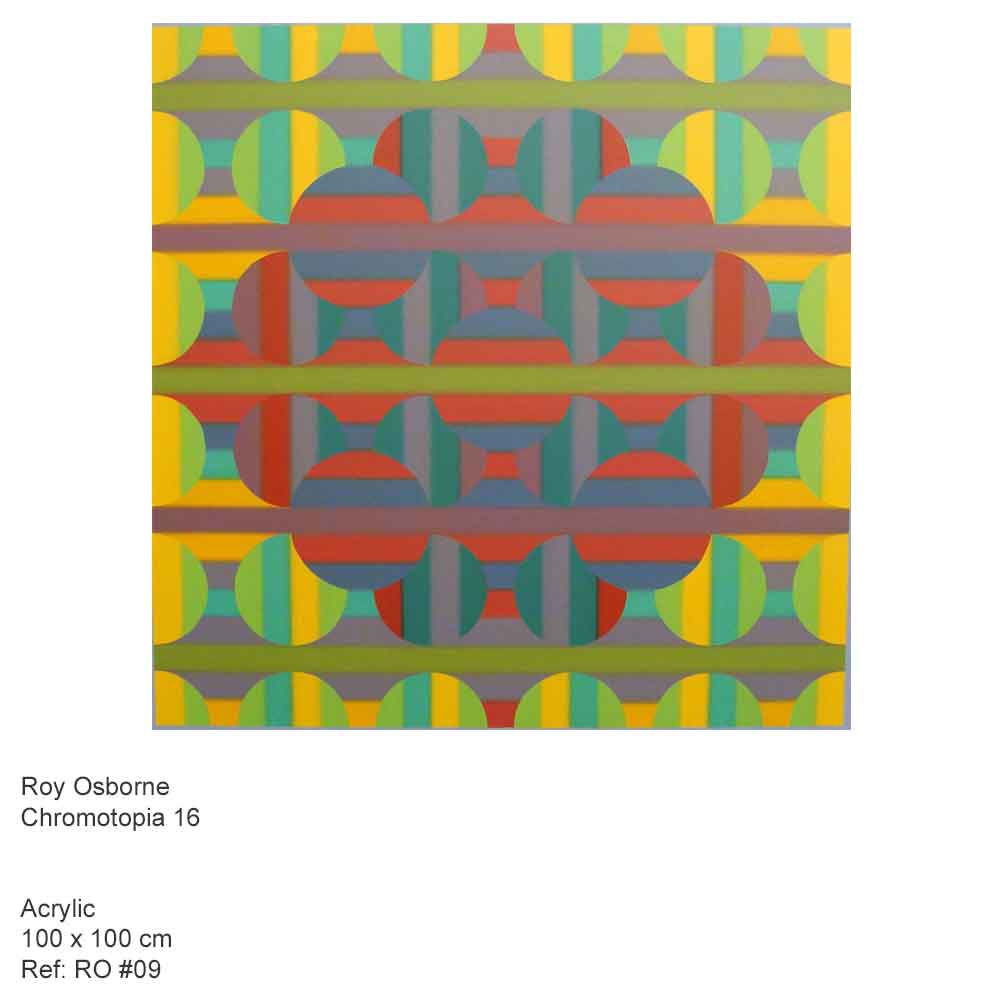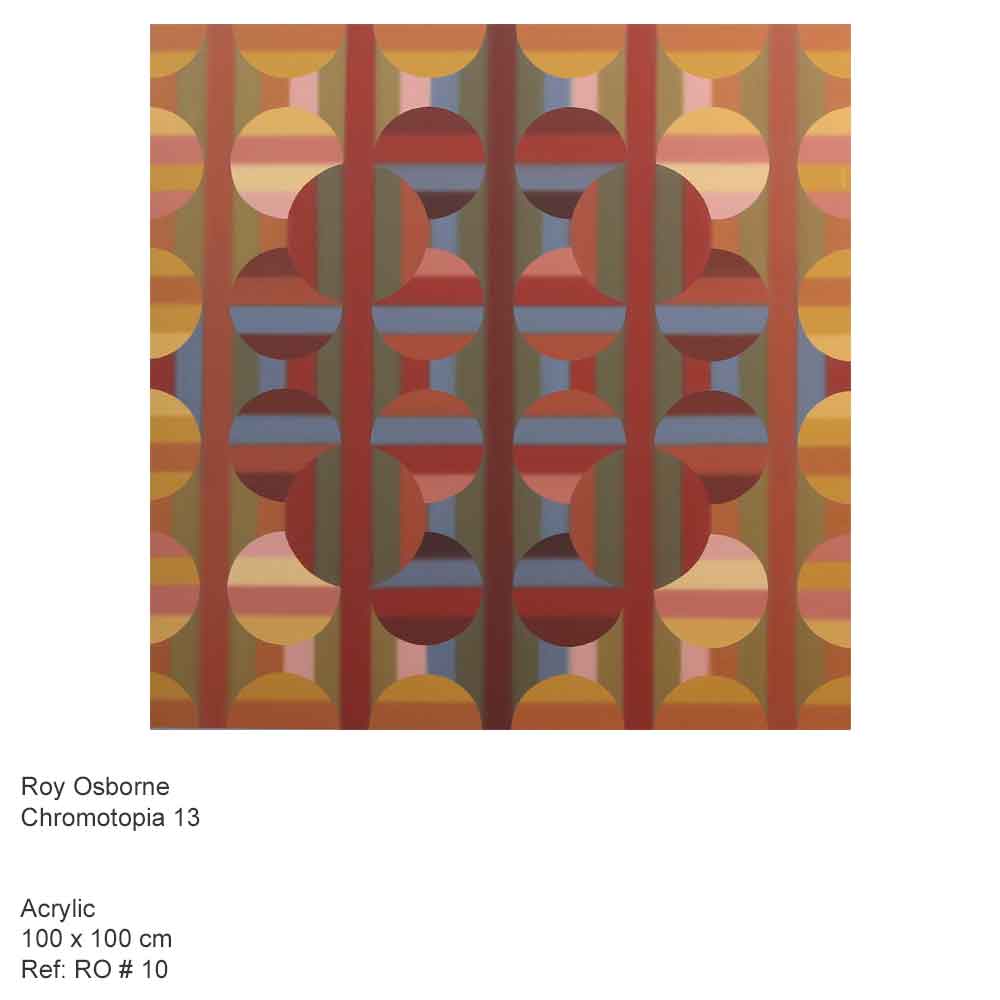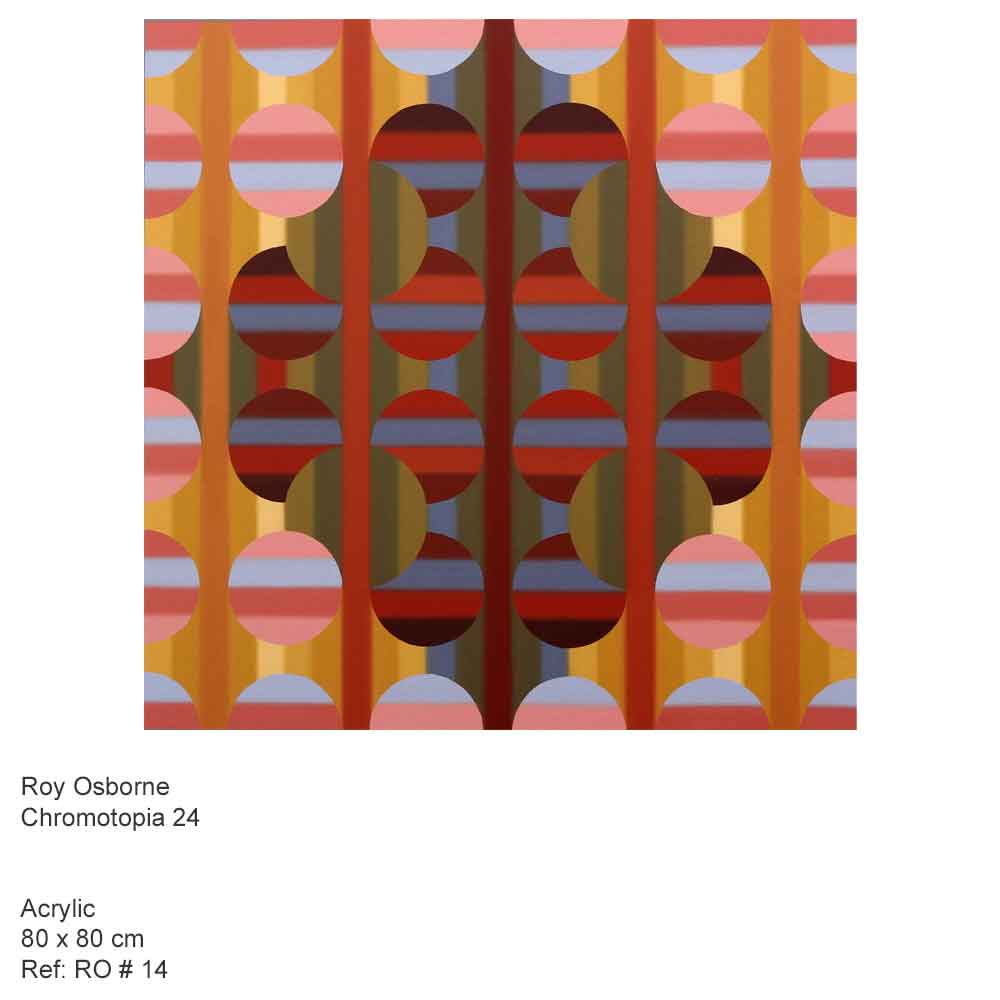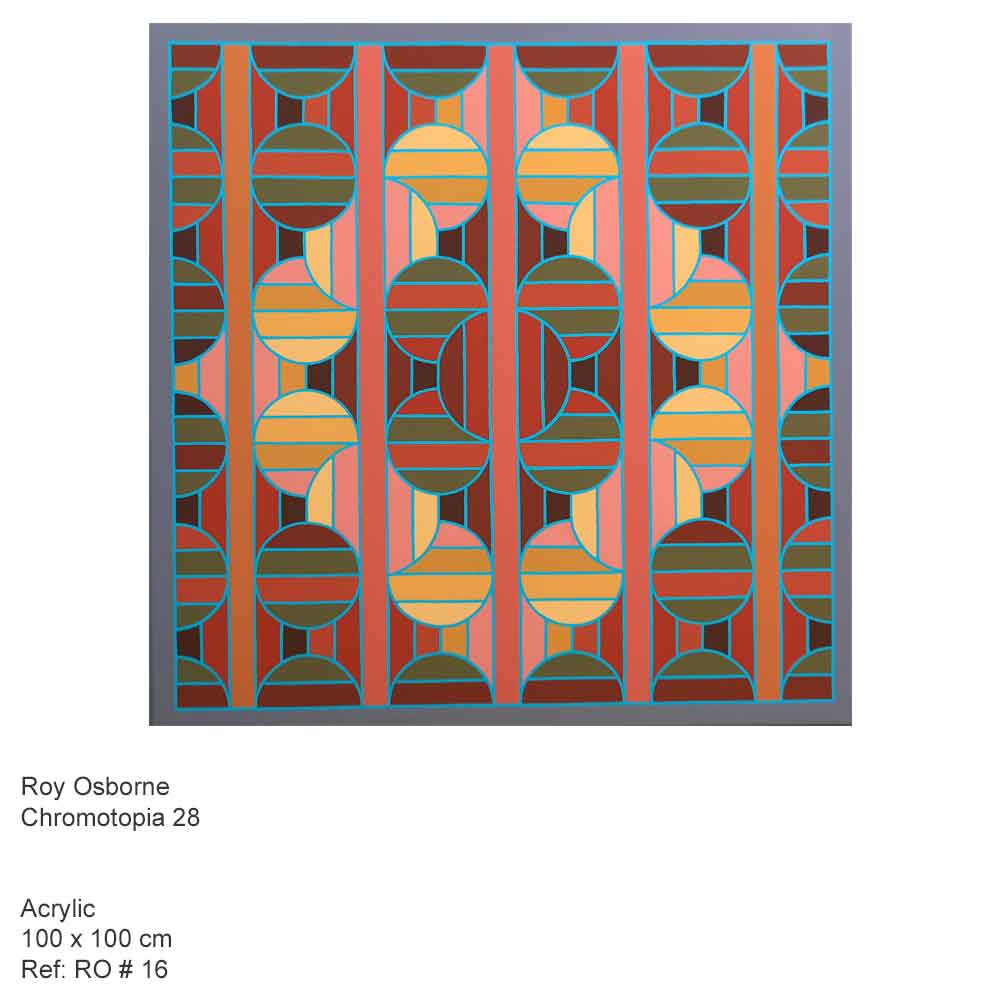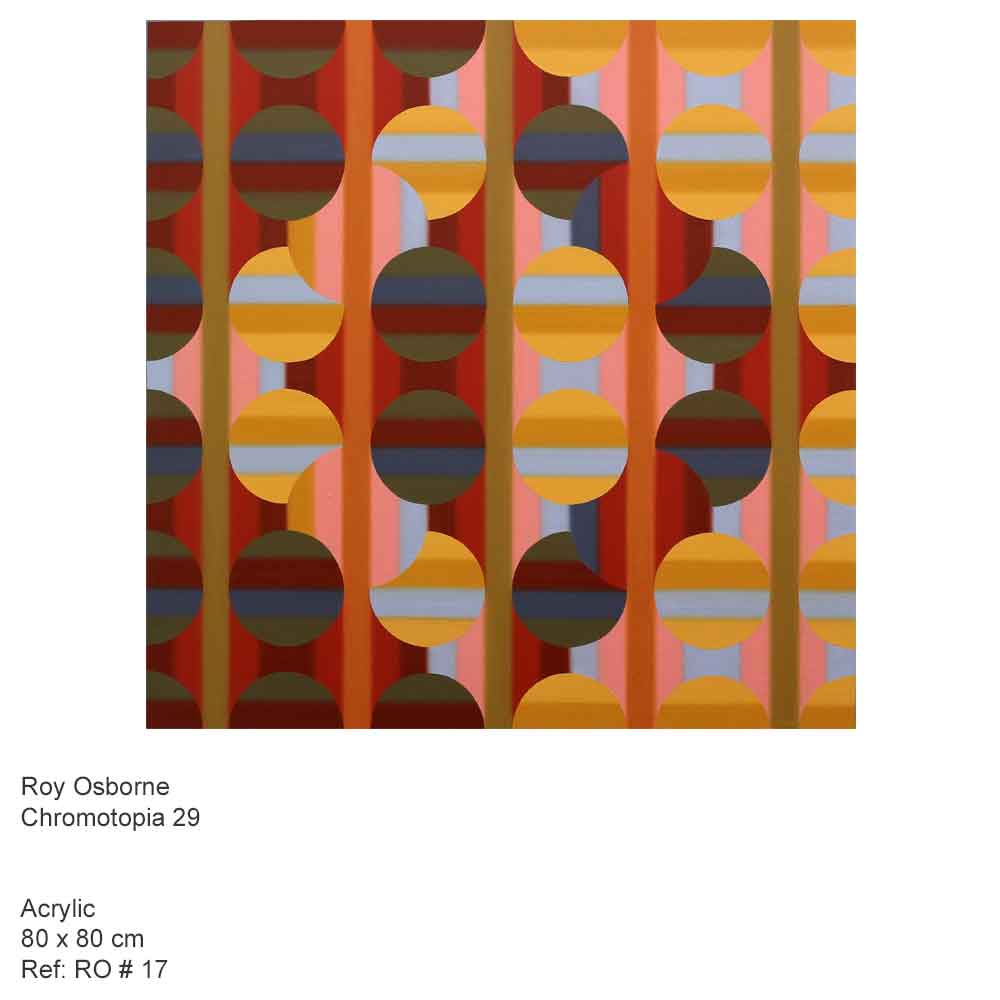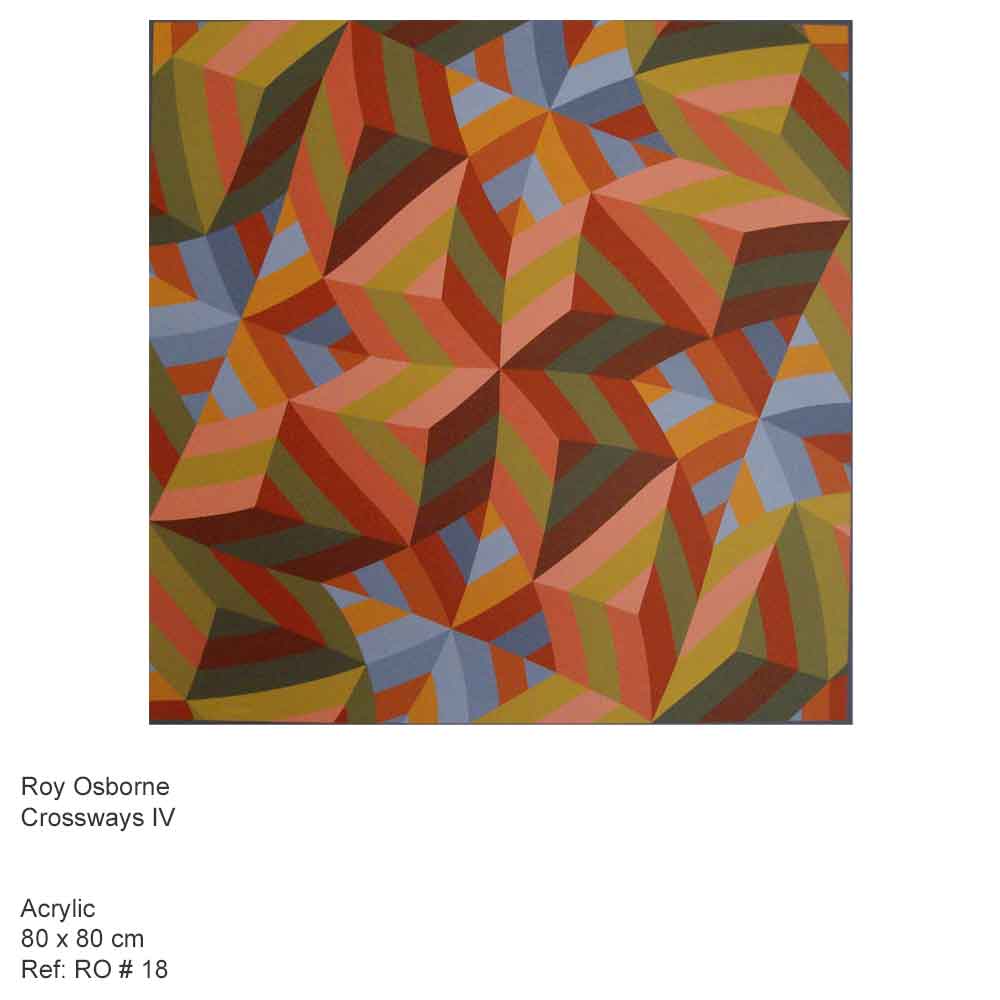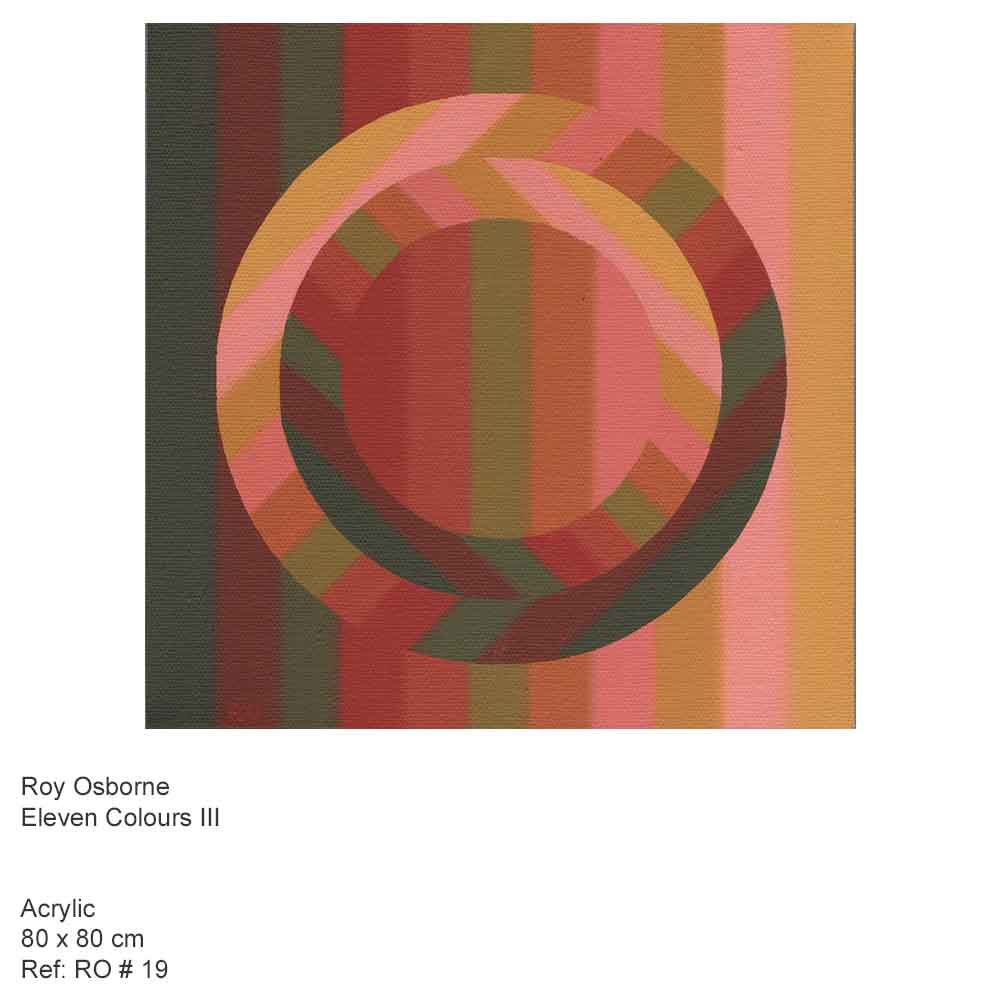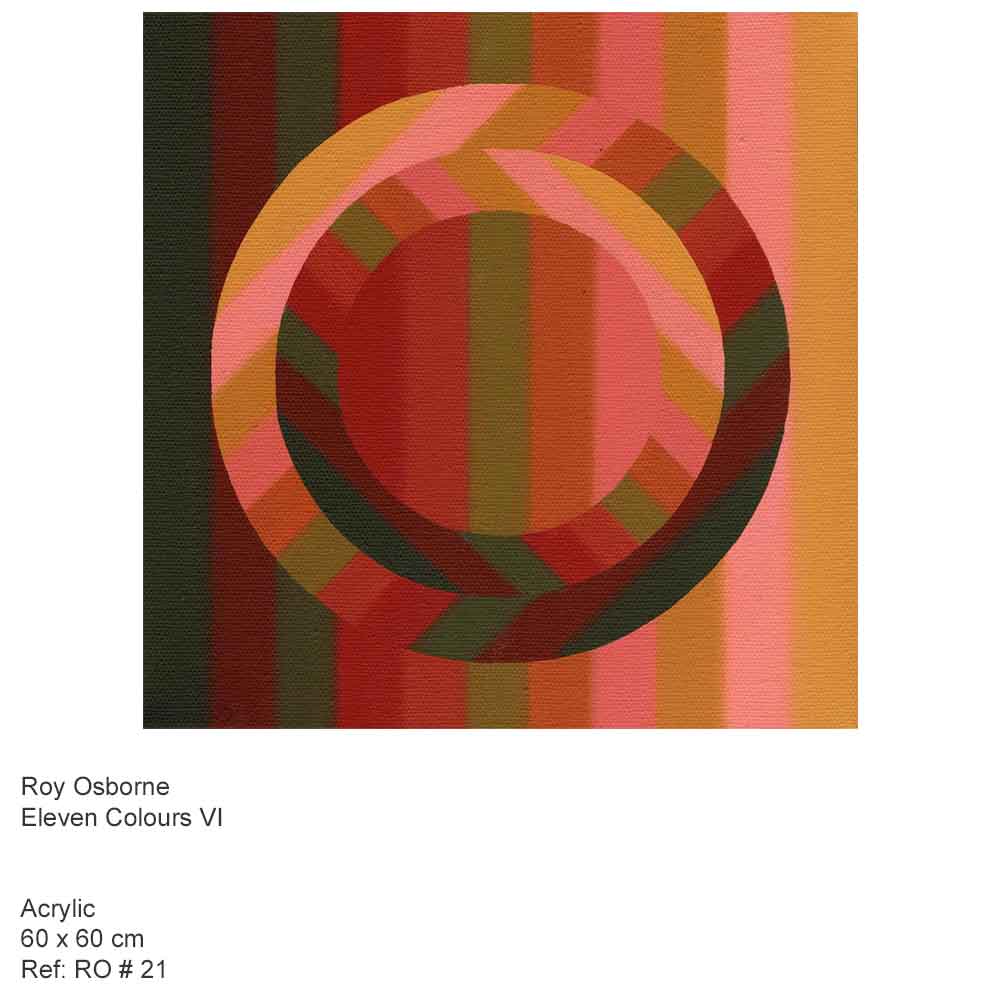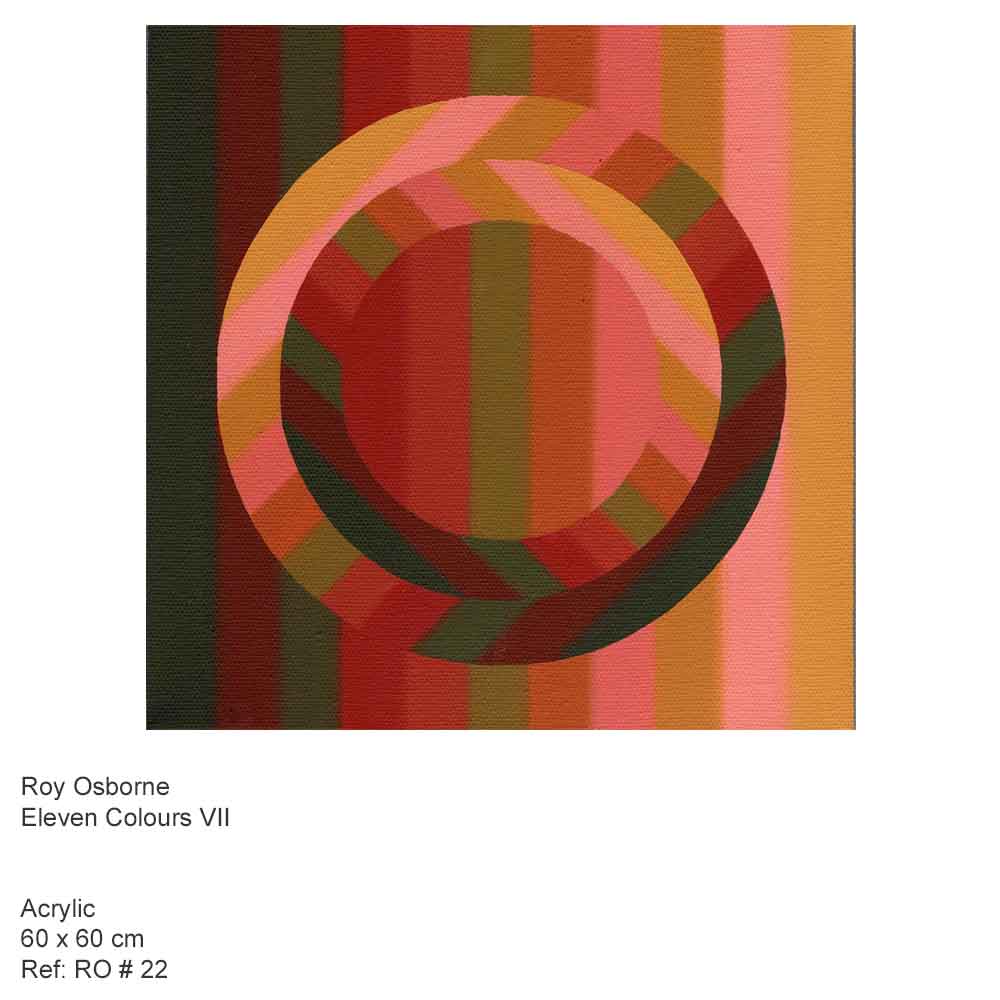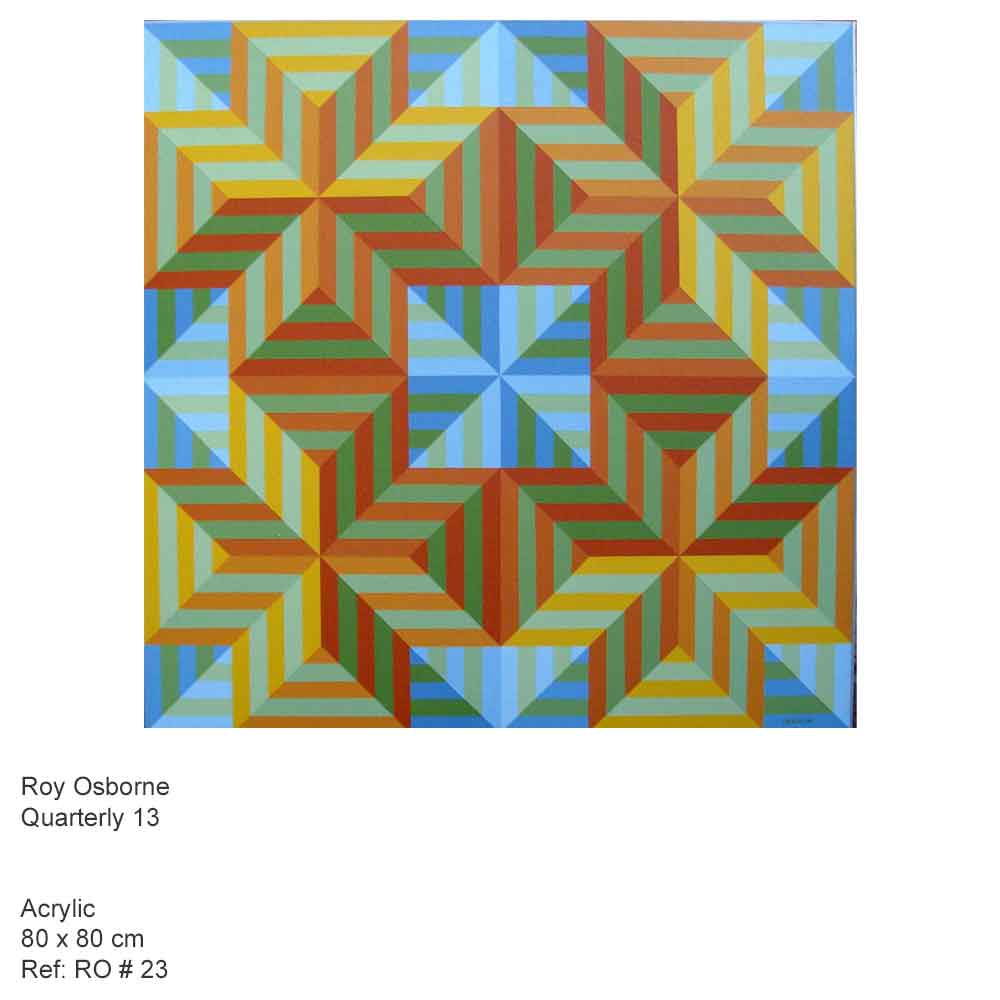Roy Osborne is a painter, educator, historian and writer on colour. As a student in Brighton, he studied graphic design and then fine art painting and printmaking. He taught lithography at Brighton Polytechnic, Bradford College of Art and the Slade School, London, before intensifying his interests in colour and visual perception, and publishing Lights and Pigments: Colour Principles for Artists in 1980. He later published Color Influencing Form (2004, revised as The Color Coursebook, 2020), a concise teaching manual, and Books on Colour 1495-2015: History and Bibliography (2015, updated to 2020), plus translations of Renaissance publications on colour symbolism by Jean Courtois (1495), Gilles Corrozet (1527), Antonio Telesio (1528), Fulvio Morato (1535) and Giovanni Paolo Lomazzo (1584). In appreciation of contributions to colour theory and pracice, in 2003 he became the first recipient of the Turner Medal of the Colour Group (Great Britain), and in 2019 became the first recipient of the Medal for Colour in Art, Design and Environment of the International Colour Association (AIC CADE).
Roy Osborne has contributed to over 140 group exhibitions in Britain and abroad, and held 6 solo shows. For three decades he was a part-time or visiting lecturer in further and higher education, teaching practical courses and presenting lectures at over 200 institutions in the UK, USA, Canada, Australia, and elsewhere. He has also published magazine articles, curated an exhibition on colour in Modern British painting (1989), edited six books on colour by Don Pavey (2003-12), and contributed to colour publications edited by Augustine Hope (1990), Susan Berry (1991), Tom Porter (2009), Janet Best (2012 & 2017), Alexandra Loske (2012) and Ronnier Luo (2016).
As an artist and theorist he has sustained interest in all aspects of colour in art and design. In various ongoing series (Divisions, Heraldic, Bends, Compass, etc), his abstract and illusionist paintings explore implied depth, figure-ground ambiguity, pattern, symmetry, hard versus soft edge, implied transparency and light-and-shade. The works typically feature horizontal, vertical, diagonal or curvilinear divisions of a square, and are primarily concerned with colour contrast, harmony, contour, optical blending and texture. Regular patterns encourage the eye to explore arrays of colours, with points of focus provided by elementary shapes defined by prominent colour contrasts. His principal influences include Robert Delaunay, Paul Klee and American Minimalism, plus texts on colour and form perception and medieval heraldry.
July 2021






